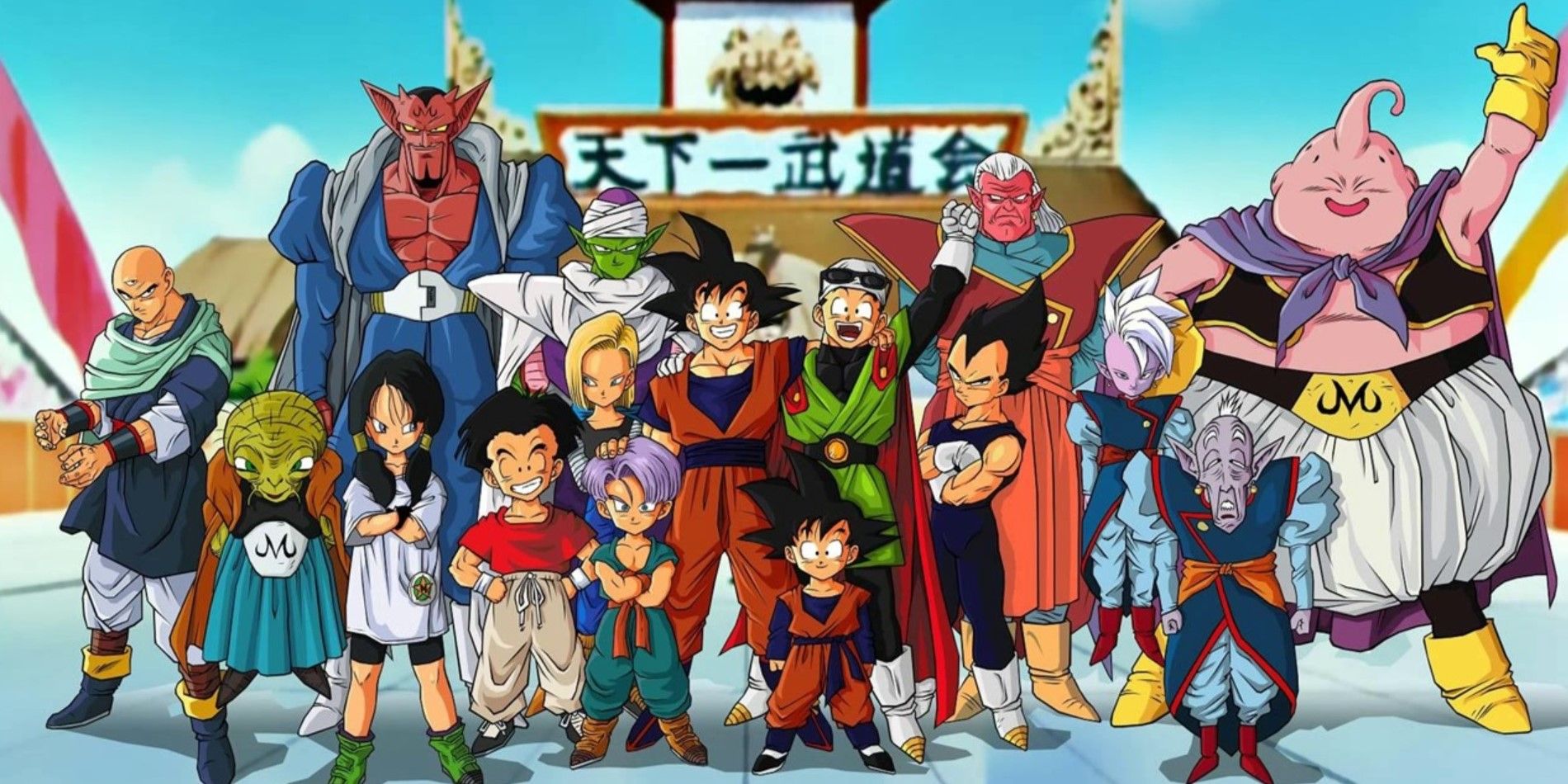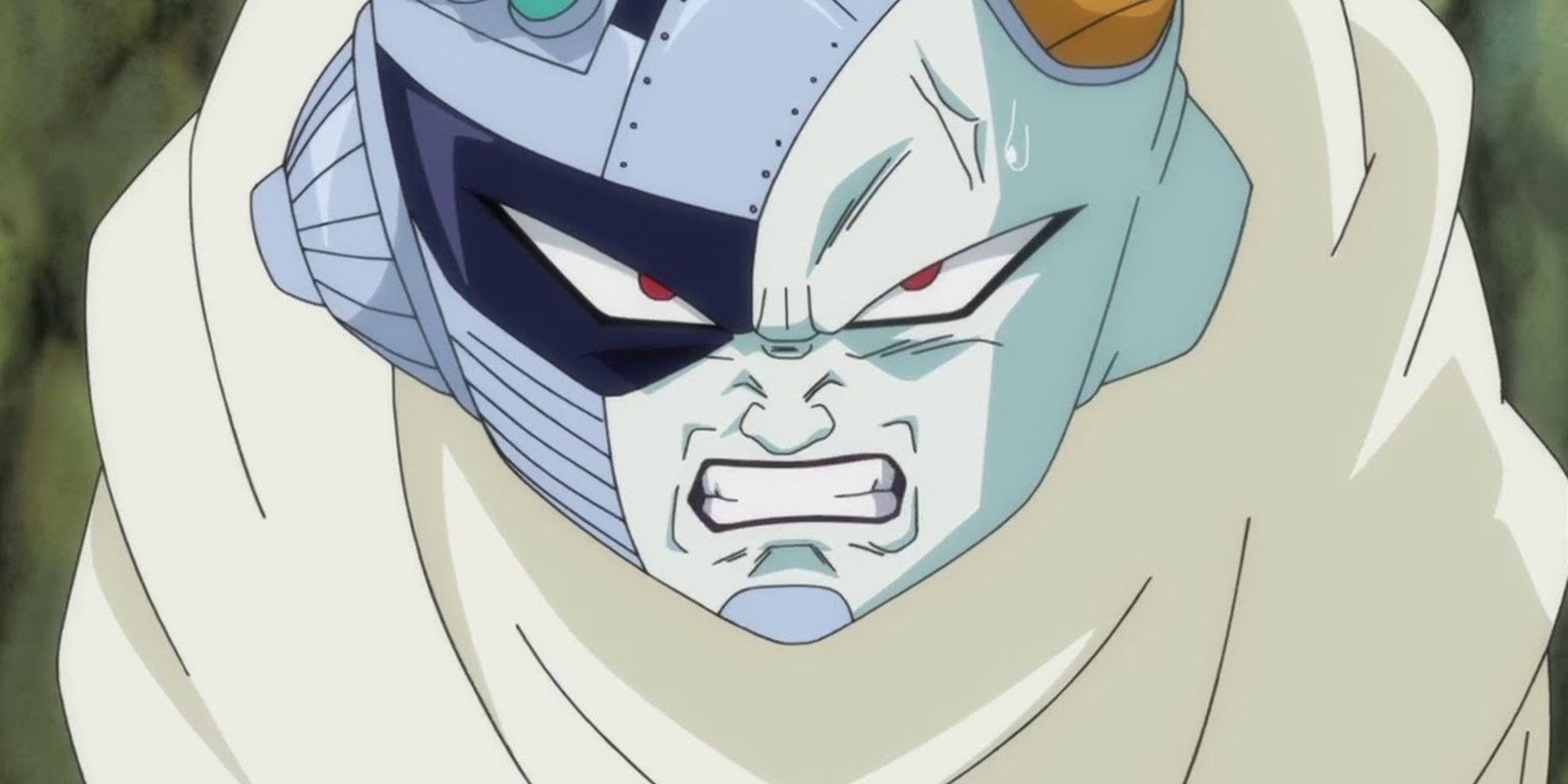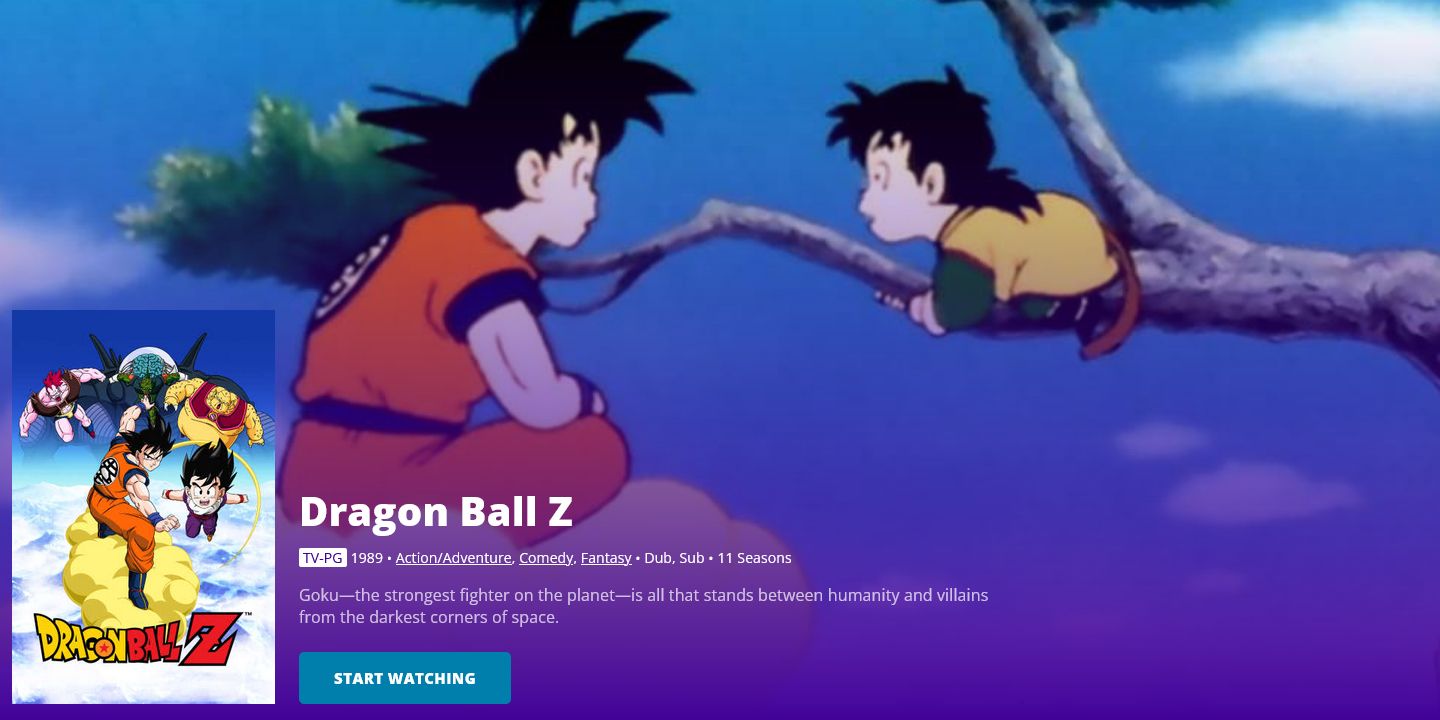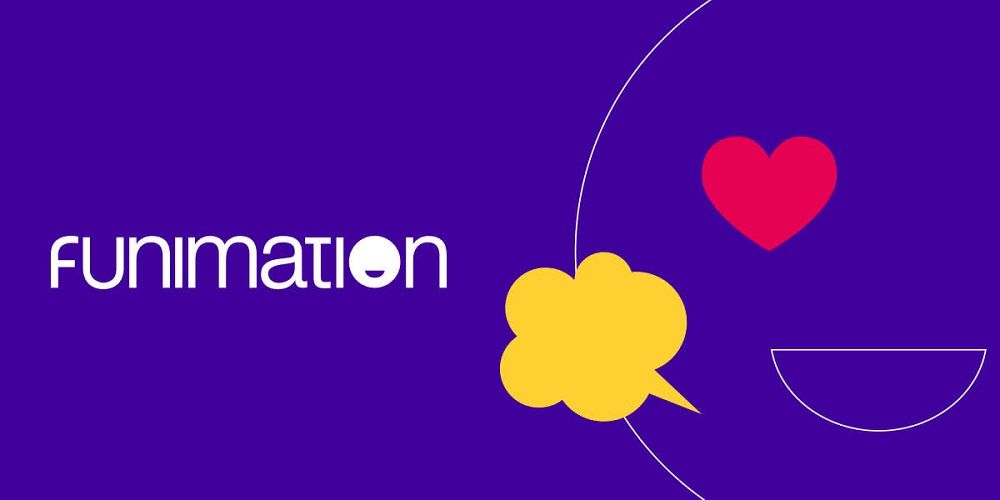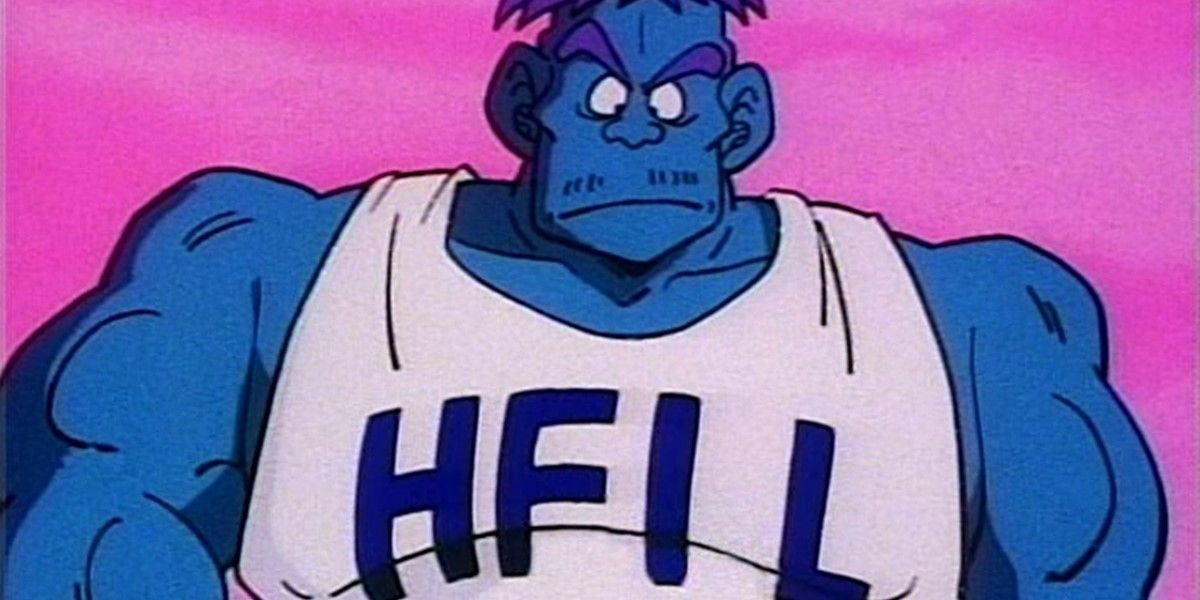Highlights
- Dragon Ball nomenclature ranges from poignant to hilarious, inspired by a 16th-century Chinese novel, Journey to the West.
- English dubs impact narrative - Harmony Gold, FUNimation, Ocean Productions all had their versions with varying censorship levels.
- HFIL change from "Hell" in the Ocean Productions dub due to FCC regulations applied across thousands of animation cels.
Most fans of Akira Toriyama's Dragon Ball franchise are well aware of the humourous inspirations behind the names of the characters. Names in Dragon Ball follow distinct themes depending on a character's background and other factors, and given the series being inspired by the 16th century Chinese novel, Journey to the West, the series nomenclature can range from poignant to downright hilarious.
Dragon Ball cosmology has Hell and Otherworld is a kind of Heaven. However, in the uncut version of the Ocean Group dub of the franchise, "Hell" was referred to by another name: HFIL. Why the change?
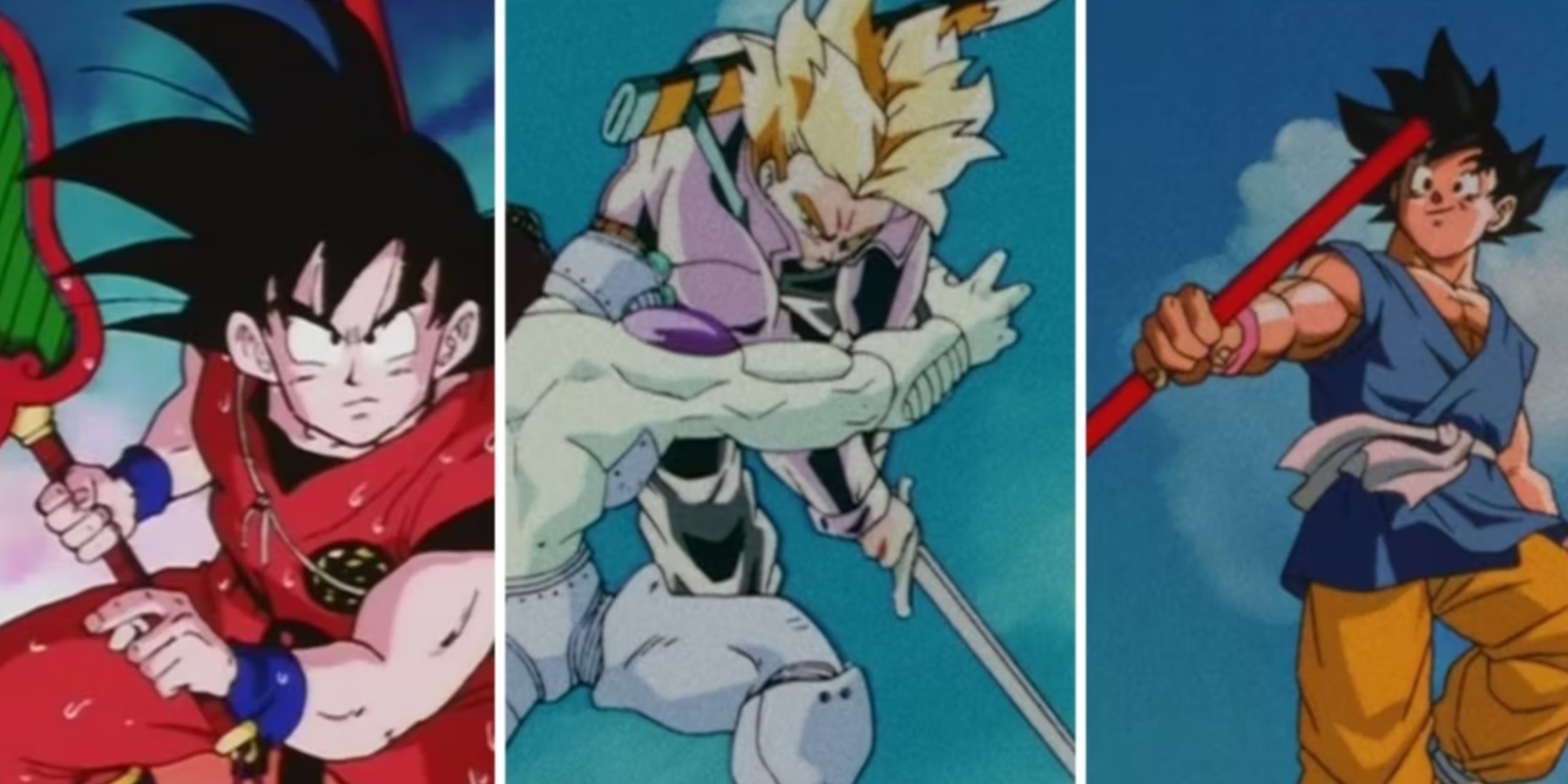
The Forgotten Weapons of Dragon Ball
Despite most characters in Dragon Ball using their fists to fight, there have been quite a few weapons used throughout the series.
Dragon Ball Has More Than One Dub
History of Dragon Ball English Dubs
- Harmony Gold Dub (late 1980s)
Dragon Ball is notorious for the impact its English dubs have had on the narrative, and for the sheer number of English dubs that were produced for the franchise. The original series saw a whopping six English dubs, starting with the Harmony Gold dub in the late 1980s, and what was particularly interesting about it was that the characters were renamed, but it was also the first use of "Master Roshi" in reference to the Turtle Hermit (or "Kame-Sennin"). This dub was also a lot less censored than its successors; however, the Harmony Gold dub only did five episodes of the series and the first and third movies, all aired for a number of test markets in the United States. Unfortunately for the studio, no TV station picked up the series, and they have not done anything beyond five episodes of the original Dragon Ball.
- FUNimation/BLT Dub (1995)
In 1995, the newly-founded FUNimation acquired the license to distribute Dragon Ball in the United States, partnering with Seagull Entertainment and Vancouver-based BLT Productions to create an English Dub. This dub was recorded at Dick & Roger's Sound Studio in Vancouver, and is often mistaken for the Ocean Dub because much of the cast from BLT would reprise their roles. It was edited for mature content, and the first 13 episodes of Dragon Ball plus the first movie were dubbed; however, the series suffered from poor ratings because Seagull Entertainment was unable to secure a decent timeslot. FUNimation would go on to drop the original series for Dragon Ball Z, which was considered a better fit for the US market due to it being much more action-oriented.
- Funimation/Ocean Productions
After the apparent failure of Dragon Ball in the US, FUNimation partnered with Saban Entertainment, who used Vancouver-based Ocean Productions, and saw the return of the cast from the BLT dub of Dragon Ball. The series was scored by Shuki Levy and Saban Entertainment founder Haim Saban so that the production studio could earn royalties whenever the music was used. However, the production was heavily impacted by Saban Entertainment's censorship guidelines, which forbade any reference to death, alcohol, cigarettes or even the depiction of children in distress. It became notorious for digital alteration of scenes and the total sidestepping of mature themes. In the 8th episode of the "Saban/Ocean Dub" of Dragon Ball, titled, "Home For Infinite Losers", which first aired on November 1, 1996. This is also the dub that saw the character known in Japan as "Mr. Satan" have his name changed to "Hercule", or sometimes "Hercule Satan". There would be several other interesting English dubs after this one; however, the focus lies with the dub that gave rise to "HFIL".
GO TO HELL HFIL
Home For Infinite Losers
The episode centers Goku's accidental arrival in the land of no return; the chasm below the Snake Way. There, he encounters a red and a blue ogre named Goz and Mez, who challenge him to a number of contests, promising that if he wins, they'll show him a secret pathway that will return him to Snake Way. The two muscular ogres, dressed in vests marked with the acronym "HFIL", inform Goku that he has fallen into Hell, the place where the souls of the wicked and the damned remain for eternity. When asked about it in an interview with Animerica magazine, FUNimation producer Barry Watson explained that the change was the best they could do, given that they had to apply it across thousands of animation cels.
Throughout Dragon Ball, characters have worn attire that is marked with lettering that bears relevance to them, like how Android 17 wears the "MIR" long-sleeved shirt, because those are the first three letters in the Romanization of the Japanese word "mirai", meaning "future", a nod at the Future Trunks timeline in which he and Android 18 were the harbingers of Earth's destruction. Given its Chinese inspirations, Dragon Ball's cosmology bears heavy similarities to the Chinese and Japanese depictions of Hell. Ultimately, the challenge to adhere to FCC regulations regarding appropriate language in Saturday morning cartoons led to one of many changes that turned the English experience of the series into an entertaining piece of history in the legendary story of the franchise.
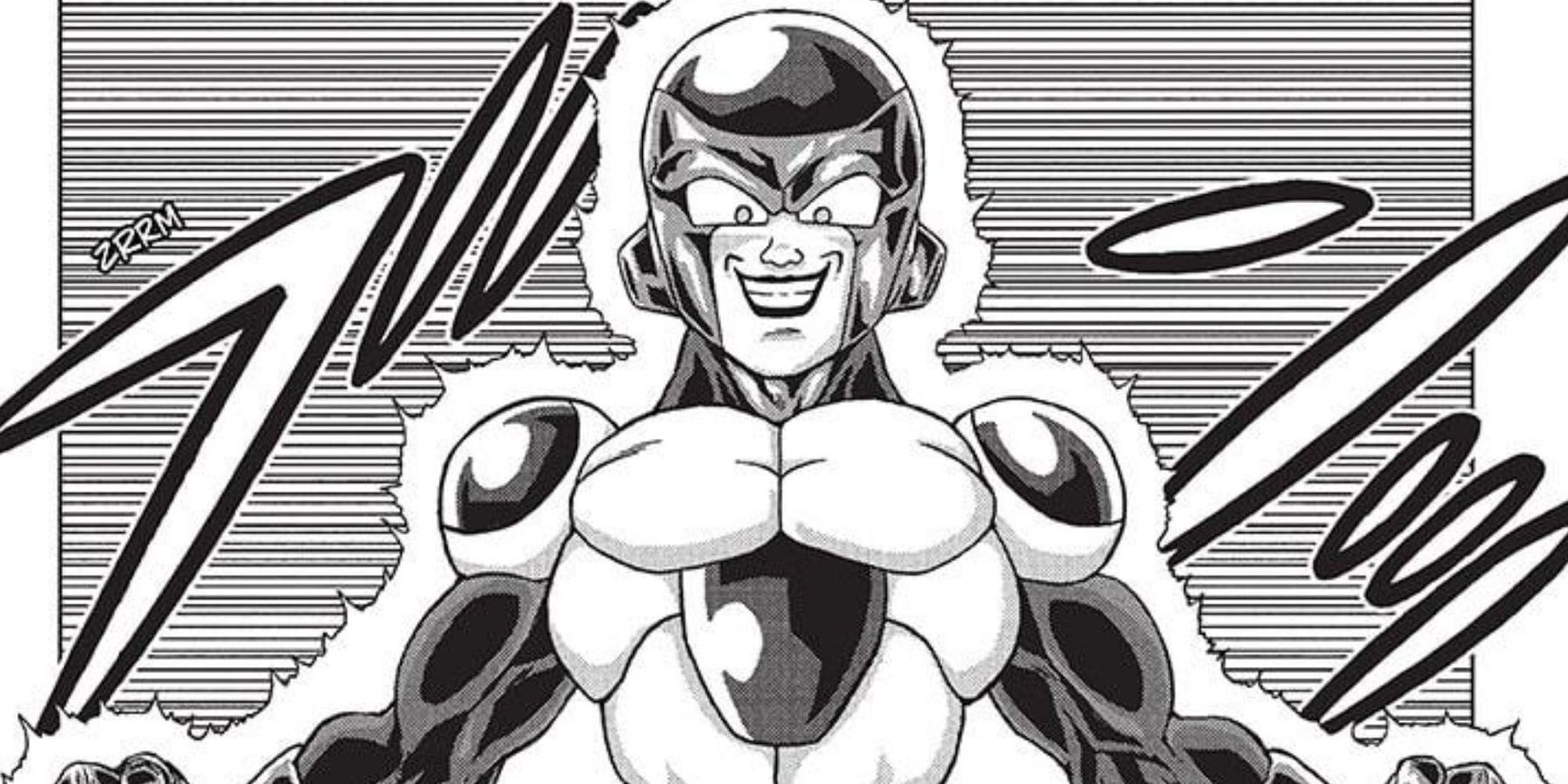
Dragon Ball Super: The Consequences of Frieza's New Form
Dragon Ball Super Chapter 87 revealed a brand new form for Frieza. What does this mean for the series going forward?

